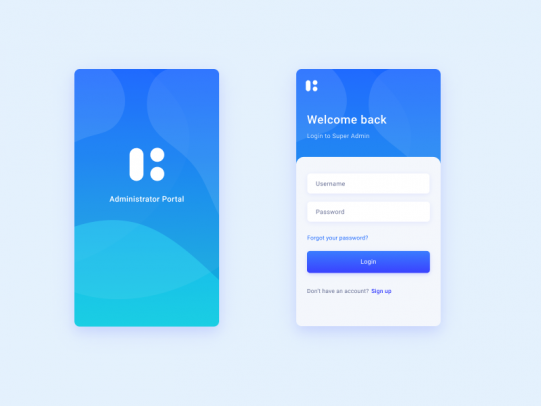An Online Portal refers to the webpage (or website) that provides users an entryway to a variety of information, tools, links, and more. Originally, these portals were referred to as links pages; however, now these portals serve a variety of different purposes. Typically, online portals are designed to offer users an assortment of the most used types of information and services. In doing this, online portals have become open to personalization and customization—thusly leading to different types of portals. For example, government portals that provides important civic information, private enterprise portals for businesses, and customer portals for customers to access features of the web service they subscribe to.
Amongst the various different types of portals are VoIP portals. A VoIP portal can serve either residential or business use. A residential VoIP portal is a customer portal where users log in with their personal user information (for example, phone number, email, password, etc.). On the other hand, a business (or enterprise) VoIP portal is typically the entry point to information, tools, and services hosted on a corporate Intranet. While residential and enterprise VoIP web portals have different features, both have a lot in common. Typically, most web portals start with an overview or dashboard page. This overview accounts for a quick summary of recent activity on the account—including minutes used, voicemail messages, recent calls, and company announcements. From there, each category (i.e. minutes, messages, features, etc.) can be expanded. So, for example, users can access more detailed call statistics.
An online portal can feature a ton of function. Once logged in to an online portal, users have access to all settings, features, tools, and so forth. In having this access, users are able to individualize their portal by adjusting settings and preferences. For example, VoIP subscribers can use online portals to set and control call rules, as well as a number of other settings. Aside from edit options, the online portal includes a key feature: the ability to check and manage voicemail. The overview available when first logged in typically shows if there are any voicemail messages. Aside from displaying them, subscribers can listen to or read (if voicemail transcription service is available) the message over their computer. Additionally, users can then also save and/or delete messages directly here, all without picking up the phone. Subscribers can also use the portal to check other kinds of messages, such as E-faxes.
Aside from account control options, these online portals feature important subscriber information such as billing information and breakdowns, Caller ID, and other identifying information. While this is useful for residential use, business VoIP subscribers can set the name and number they want on their outgoing caller ID, which can be set for each phone, to create a unified business image. Online portal’s make it easy for users to keep all personal information to be kept current. This is very important for E911 services and responders.
Providers' online portals offer subscribers expansive information and features; however, portals will differ between providers. With that, users should be sure to pick a provider with expansive portal support. Portals consolidate all aspects of service into one location to allow users optimum control. In navigating the online portal users can learn about new features and services, as well as provider news, updates and promotional info. Subscribers should navigate through their online portals as they offer a comprehensive guide to providers’ services.



